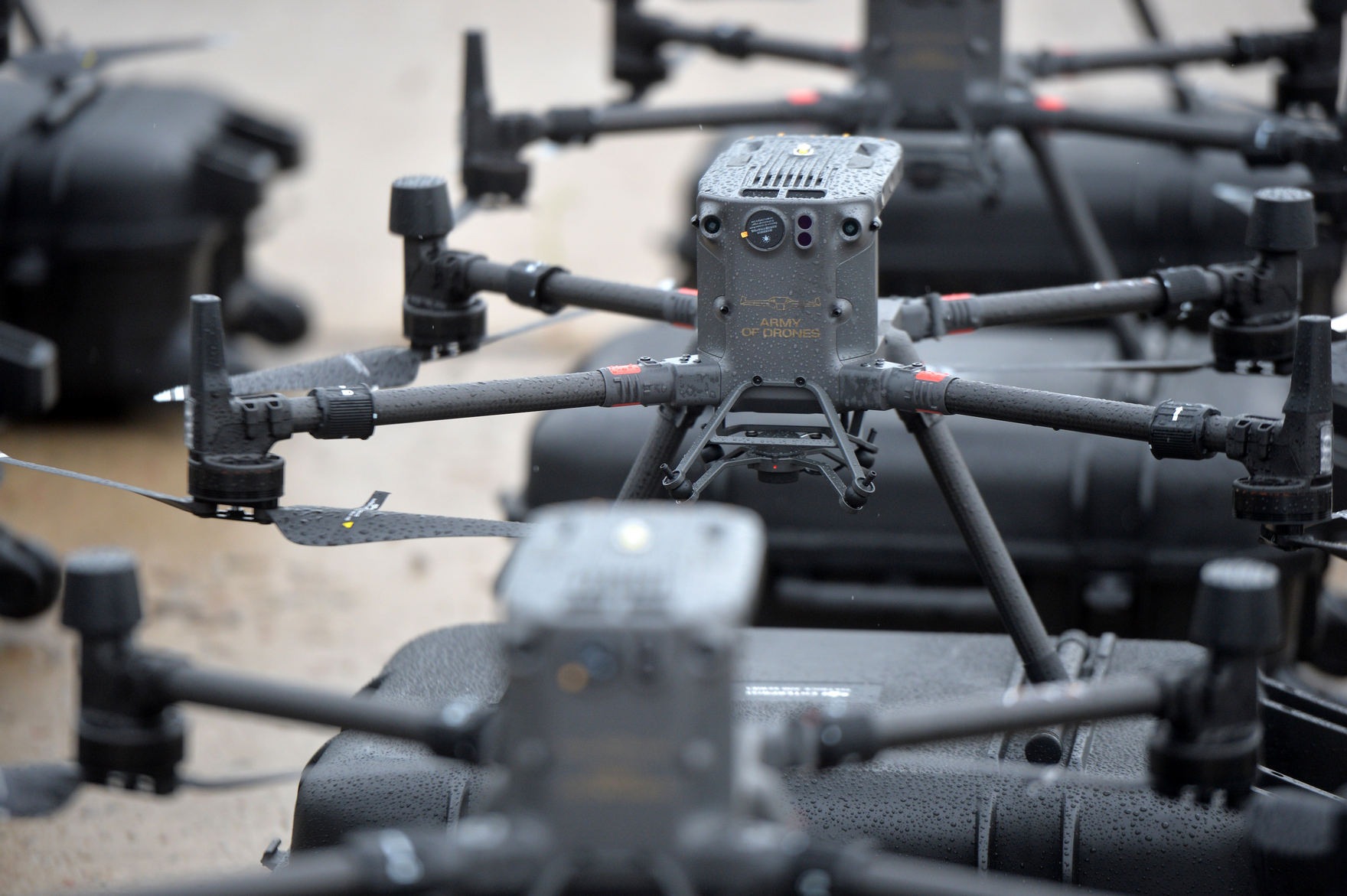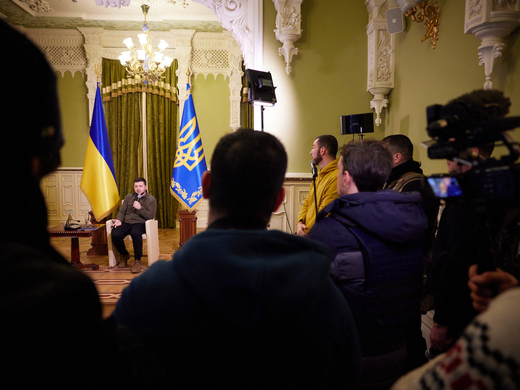Shortly after the Russian invasion of Crimea in 2014, Ukrainian soldiers suddenly found themselves unable to use their radios and that their cellphones would not make calls. When their phones did work, they received threatening and demoralizing messages from an unknown source. Soon, they were intermittently losing Global Positioning System service, and drones began to fall out of the sky. These problems greatly degraded Ukrainians’ ability to coordinate operations or respond to Russian actions, giving “separatist” forces a clear military advantage.
That these events began to occur as Russian electromagnetic or electronic warfare (EW) equipment rolled into occupied Ukraine is no coincidence. Essentially any military action that exploits the electromagnetic spectrum to provide situational awareness and create effects, EW is fundamentally important for militaries to control, conduct and affect operations. Its three aspects include support (sensing the electromagnetic spectrum), protection (defence against jamming or deception) and attack (disruption, denial, degradation, destruction and spoofing). Operating from all environments, EW operations can interfere with weapons, causing them to prematurely explode with a false signal, affect guidance and defence systems, and even deliver cyberattacks in the form of malicious code. As one expert puts it, “Every modern high tech weapon system is a dud without access to spectrum.”
And in its conquest of Ukrainian territory, Russia demonstrated to great effect the new capabilities it was developing as a part of its “New Look” military modernization program — capabilities that seemed so impressive that the Pentagon and other North Atlantic Treaty Organization countries took note.
It is therefore not surprising that Western analysts largely assumed Russia would use EW to devastating effect in a full invasion of Ukraine. Yet, these predictions, similar to those about cyber, conventional military and information operations, did not play out. Russia is widely seen as having underperformed in its use of EW operations, although the why has received less scrutiny than in other areas of fighting.
Accounts of the early days of the Russian invasion make it clear that Russia did deploy its EW capabilities, which had a serious impact on Ukraine’s ability to respond to the opening salvos of the conflict. EW likely blocked missile defence systems and allowed Russian forces to take Hostomel Airport (at least temporarily).
But it’s also clear that 2022 has been very different from 2014, with Russian forces being unable to effectively use or deploy EW to achieve strategic gain. The reasons for this difference are largely unknown. An underlying factor, however, is the scale of what Russia is attempting to accomplish: the military may simply lack sufficient equipment, personnel and expertise to support such a large operation.
Moreover, the secretive nature of Russia’s invasion planning gave EW specialists very little time to prepare for operations that require detailed information, such as the type of military equipment they are likely to encounter, frequencies to target or the kinds of operations needing support. Given this scenario, it’s possible that Russia’s EW systems may be accidentally interfering with their own communications. That Russian forces have been using Ukraine’s cellular networks to communicate also suggests they may have been forced to hold back from shutting such systems down.
While it is possible that Russian equipment was not as good as previously believed, it’s also probable that the Ukrainian military learned lessons from 2014 and prepared for scenarios with high levels of communication interruption or degradation. It’s also likely that the United States provided equipment, such as its Single-Channel Ground and Airborne Radio System (SINCGARS) radios, that conferred resilience against some EW systems as well.
However, officials on background suggest that the most important factor is not technology but Russia’s failure to plan. Planning goes beyond the military operation itself and includes the years of effort that go into training and drill. Militaries that do not train and practise the way they fight in relevant scenarios will not be able to use even the most high-tech equipment effectively.
Indeed, a failure to engage in combined arms operations (fighting that brings different military capabilities together into an efficient system) has ultimately undermined President Vladimir Putin’s original goal of occupying the whole of Ukraine. If Russian officials thought their experience in Syria had provided such training, they did not anticipate the very significant differences between propping up President Bashar al-Assad’s regime and taking over a geographically large country.
Recent improvements in Russian military performance have been mirrored by improvements in its EW operations. However, military officials still believe Russia continues to underperform. Moreover, its operations are struggling to adapt to changes in Ukrainian tactics. For example, while Turkish-designed Bayraktar TB2 drones have become more vulnerable to Russian EW, the Ukrainians have switched to delivering grenades using off-the-shelf commercial drones, which Russian EW has struggled to prevent.
In this way, the story of EW in the Ukraine conflict highlights the complexity of cross-domain warfare, in which EW is essential. While we may often conceive of tanks, keyboards, communications and planes as different capabilities, they are increasingly interlinked — if not in an automated “system-of-systems,” then in a dynamic and occasionally frenetic way, requiring creative and agile responses. Russia’s failure to plan for this reality was a plan to fail.



